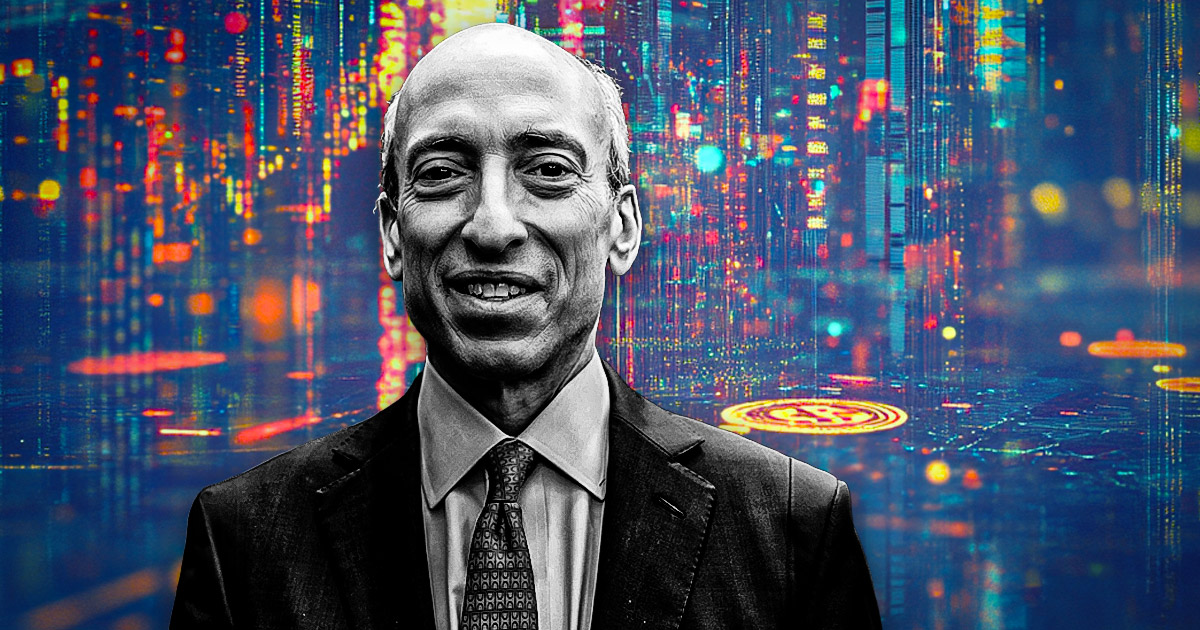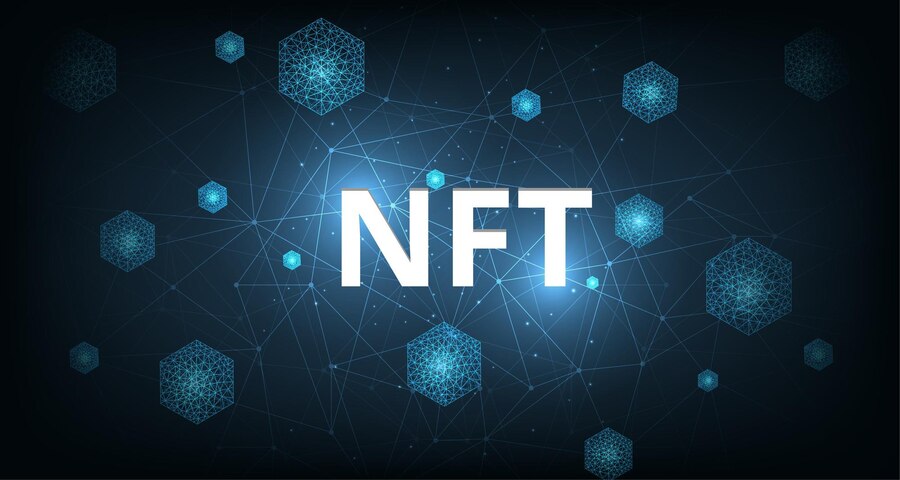Good morning and Happy Tuesday, it’s July 11th, another day. Another episode of Markets Daily. Thank you for tuning in. As always, we have lots to cover with our guests today. But first, let’s get a quick update on prices and what’s happened so far this morning because we did get a fresh CP I reading just now at 8:30 a.m. Eastern Time which showed that inflation has fallen to 3% which is lower than expected. So, very good news for the market and Bitcoin jumped about a half a percent on the news and is up 2.22% over the past 24 hours trading at $59,000. Fetcher Powell also continued his week of appearances on Capitol Hill yesterday and said among other things that the fed will not wait until inflation is back down to 2% to start cutting rates. He also said that the interest rates will not be going back down to near zero territory which they were at before the pandemic. So it sounds like we could maybe see a rate cut or two this year after all. But let’s get a reaction and more to all of this with our guests today, which is Ben Emmons, founder and CIO of Fed Watch Advisors. Good morning, Ben. Good morning. Thank you for having us. Of course, Ben. What do you make of today’s uh fresh reading of the CP I report? Yeah, as you mentioned it, it’s a good report. It does show that this inflation as we talk about, right? Is the decline of inflation month by month. That that is really on track now. It’s not accelerating, but it’s in a good base. And I think this is satisfactory to the Federal Reserve. As you also said, like the fed won’t wait until this number actually hits 2% and we’re getting closer to it. So it means that also for the fed, this decision of cutting rates gets closer, but it will be September still a bit up in the air. I think that I didn’t see the chance for September changing too much yet, but yields are definitely declining in reaction to this number. What’s important here too is that, that not only that the headline was down, there’s a lot of energy effect there, but it’s really the core number that, that dipped a little bit lower. And that’s because the rental component that finally shows further deceleration. That’s really good news because that’s been where the issues have uh have centered around inflation, sticky rents and then some of the services aspects of, of the CP I too. So we take it all together. I say it’s, it’s fortunately a good number. Again, it’s the third good number after three, first, bad numbers we had at the start of the year. So getting, you know, at least neutralizing the trend from the start of the year. So hopefully the the next few numbers are good too. Either way, I think it’s a good day for the market. Now, I just previously mentioned that Fed Chair Powell said the fed is not going to wait until inflation is back down to 2% to start cutting rates. 3% seems pretty close considering where we’re coming from. So is this a good enough place to start cutting rates? Maybe not in September but maybe, you know, towards the, the end of the year? Yeah, I think that’s what the market is on to like this, this September cut happens because a party, I think the technicalities that plays out in futures markets, but you really look at the cumulative number of cuts that are really pricing, it starts actually as of December. And so I think this is the path that the Fed has a little bit of time here to say, hey, we’re getting really inflation to the direction that we wanted it and it really plays into our hands, so to speak. So, you know, you’re getting a bit of a repeat of what I wrote in my note this morning. You know what reminds me this is, is is 2015. That was by the way, a bad year for markets. But what it was really about was this heightened speculation around the fact when it, with high Gras at that time and back then too, everybody was focused on September and said, well, they’re gonna do that and they ultimately didn’t do it without a caution and they decided to do it in December. That seems a bit similar to today. You know, what was interesting at that time is that October was a huge risk on ring markets when the fed finally gave forward guidance to the market saying we’re not ready to cut rates. And that’s, I think still missing here for the markets today. This number won’t give Powell immediately the, the reason to give us forward guidance, meaning, ok, it’s a good number. We’re gonna cut rates in September. He, he, he held off on that yesterday and I don’t think that would change his mind uh, today either on these numbers because it just shows it’s on track, but it’s not yet there, right? So, as you mentioned, we’re 3% not 2% right? It’s, it’s interesting that you bring it up because now CP I and the unemployment report are, of course, the two most relevant economic reports that the FED looks at, but there are many more indicators for the state of the economy and some have been, you know, rather weak over the past few weeks. So how much can we really, you know, listen to what Powell is saying as opposed to look at the actual data and that’s where the economy is because it’s been out for some time that forward looking indicators, leading indicators all point to this weakness and has made, you know, commentators wary if not very like, scared about how we already are in a recession and we’re not careful enough it over tight and therefore we’re gonna end up in a really bad recession. And that’s not really played out partly because I think again, the idea of forward looking is just based on surveys and based on certain indicators that by definition are more forward looking, they’re not necessarily always. Right. Right. Because just like interest rate expectations have been over many years wrong, you know what the fed ultimately delivered in terms of, of rate high or cuts. So I think it’s really the harder data like AC P I like a Payrolls report like the jobless claims this morning, notable droppers games dropped back down to 222,000 lowest in, I think the last four or five weeks, she still underscores like it’s a labor market cooling but not really deteriorating. That’s the hard data. That’s I think what matters a bit more than these forward looking indicators, although they’re not wrong, but they tend to over, over extend. And therefore I think as an investor, I say, like I just take this hard data and I look at the trend in the hard data. And what it tells me from CB I today is that we had two bad prints in the start of the year. We’re getting two good prints, three good prints back. So my trend is flat. So I could say, OK, if the next number comes out better than expected, like weaker, so to speak, then maybe you could say like this rate because it is close right now. Going back for a second to, you know, Powell’s words, the market including crypto has been reacting positively to Powell’s remarks this week is the market right here in taking his words as a bullish indicator to an extent because, you know, he was cautious and he, he didn’t want to give us any guidance as I mentioned. But I think what they’re, what they’re parsing from it is that he, you know, these words about models for the progress on inflation and significant cooling in the labor market. Those sort of modest and significant words are for markets to say, wow, you won’t say words like that if you weren’t closer to your in your mind to a decision, right? When you’re going to cut rate, I think that’s all this, this sort of fat part of the game as we call it. Uh You know, and I think this is why markets are hanging on to those words. I just started rallying again as you mentioned that, you know, risk on markets like Bitcoin or, or, or the S and P 500. Yeah, gets a lift from that because what we, what those markets we are doing is just discounting for when the fed will, will actually cut rates. And that just lifts those prices. I would say on the other hand that, that interest rates as in treasury yields would be rather range bound but not more like the lower end of the range, we still haven’t seen significant move down there in yields yet. And that’s because including today’s number is dis inflating, but it’s not like like say we’re gonna go to a deflation environment really low inflation environment. That’s not about the data saying. So um I think markets are taking power at its word. They wanna still see several months of data before they actually make that decision. Is, is it a take away? Now the fed has two mandates as, as you know, better than me. Um It’s, it’s keeping inflation low and the labor market strong between those two at the moment. What would you say? Is the fed mostly focused on or, or what, what’s their priority right now? I think there’s still uh uh inflation as the highest priority because the the labor market is coming into balance and that’s the wording they’ve been using the last six months or so. And that’s just nothing else. And just seeing the payroll growth moderating further and seeing these jobless claims go a little high and the employment rate ticking up a little bit and it’s really driven by supply of labor because of all the immigration inflow into the labor market that’s actually added net supply of workers. And that has led to this cooling trend. So they’re looking at that saying like that’s normal healthy pattern in the in the labor market that was before really sizzling and hot and and as a result, wage gains are somewhat moderating. But inflation numbers, they then it’s with these reports in the minutes been being also highlighting like it’s slow progress, right? They had a good progress last year and then it stalled and it slowed and became a little bit worrying and we maybe now back on track, but we’re not, we’re still slowly progressing. And I think that’s why that makes them cautious of like if it’s that slow, we can make quick moves here with rates, you know, they want to cut rates. I think that’s not an issue on the fed side, but it’s really about making sure that they actually are at the right moment or the time that they can because if they don’t, there’s a worry in the fact that they, you know, really make the wrong decision at the wrong time and let then things just heat up again and it becomes too inflated, right. So slow progress is, is I think why they focus on the on the inflation side of the demand. Right. Well, I think today’s report was certainly a step in the right direction. Uh Thanks Ben for coming on the show. Thank you, Elena. Great to be on. Thank you. That was Ben Emmons, founder and CEO of Fet Watch Advisors. Thank you for tuning in today.
Credit: Source link















































